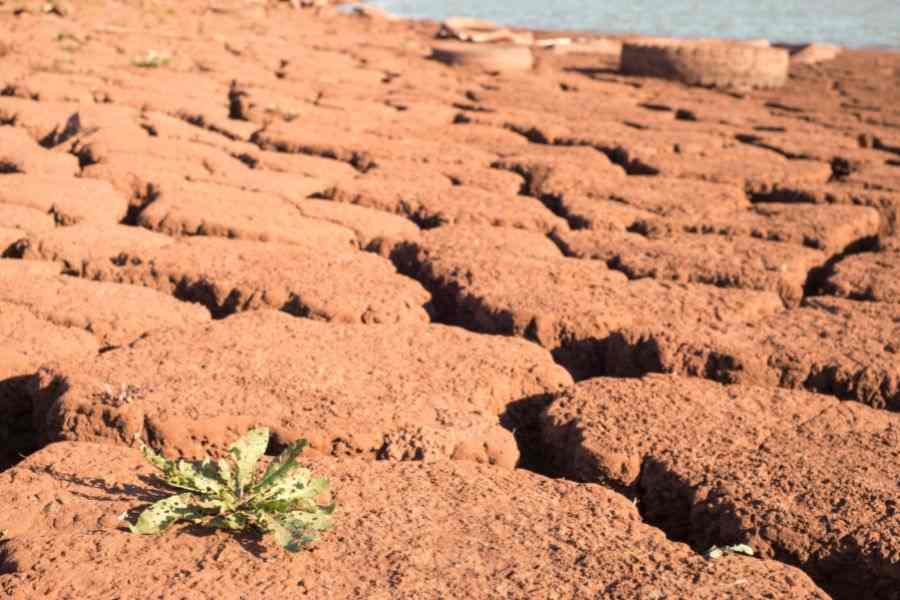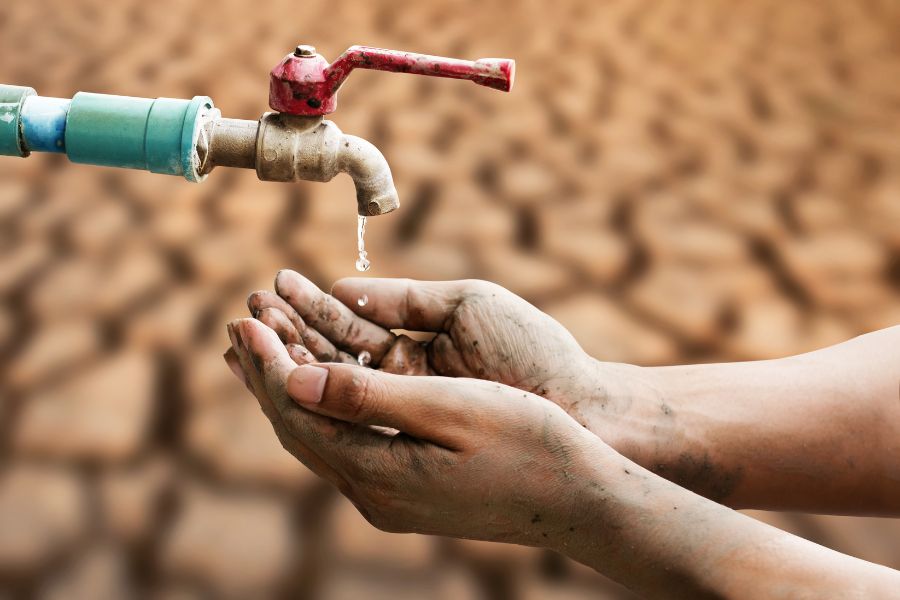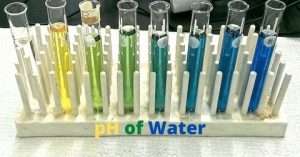Introduction to Water Scarcity
Water scarcity is one of the most critical environmental and social challenges of our time. It arises when the water demand exceeds the available supply in a given area. This inequality can result from natural conditions, human activities, or a combination of both. Water scarcity is not just about having “less water” — it’s about having insufficient access to clean, safe, and usable water for drinking, agriculture, industry, and ecosystem sustainability.
Population growth, climate change, mismanagement of water resources, and excessive use are key drivers of water scarcity. If it is unaddressed, the crisis can impact food security, public health, and the overall quality of life for millions worldwide.
Causes of water Scarcity
1. Population Growth and Rising Demand
The global population have been rising steadily, placing tremendous pressure on limited water resources. More people mean higher demand for drinking water, sanitation, agriculture, and industry. In many regions, water infrastructure hasn’t kept pace with population growth, resulting in shortages and competition for resources.
2. Climate Change and Extreme Weather
Climate change is changing rainfall patterns, increasing the frequency and severity of droughts, and reducing snowfall in some areas. These changes are affecting the natural recharge of rivers, lakes, and groundwater, making water shortages more painful. In some areas, flash floods are washing away fertile soil and failing to replenish groundwater reservoirs, creating a double burden.
3. Weak Water Management Practices
Poor planning, outdated infrastructure, and inefficient distribution systems contribute significantly to water scarcity. Issues such as leaky pipelines, inadequate water storage facilities, and over-extraction from rivers and aquifers can lead to chronic shortages. Pollution of water sources by industrial waste, sewage, and agricultural runoff further reduces the amount of clean water available.
4. Overuse and Waste of Resources
Excessive and wasteful water consumption, especially in agriculture and industry, boosts water scarcity. In many regions, traditional irrigation methods waste extensive quantities of water, while industrial processes often consume and contaminate large amounts without proper treatment or recycling.
Effects of Water Scarcity

1. Impact on Agriculture and Food Security
Agriculture accounts for about 70% of global freshwater use. When water shortages occur, crop yields decline, livestock suffer, and food prices rise. This creates a chain reaction, increasing hunger, malnutrition, and economic instability — particularly in rural communities that rely heavily on agriculture.
2. Threat to Public Health
Water scarcity often forces people to rely on unsafe water sources. This can lead to outbreaks of waterborne diseases such as cholera, dysentery, and typhoid. In some areas, women and children must walk long distances to bring water, taking time away from education and productive work.
3. Environmental Degradation
Freshwater ecosystems — rivers, wetlands, and lakes — rely on a steady supply of clean water. Water scarcity disrupts these ecosystems, threatening biodiversity and reducing essential ecosystem services, including natural water filtration, flood control, and climate regulation.
4. Economic and Social Tensions
Competition for limited water resources can fuel conflicts between communities, industries, and even nations. In regions where water scarcity is severe, it can undermine economic growth, drive migration, and increase social instability.
Read this also:
+ What is the importance of water?
+ What is effects of water pollution?
Solutions to Water Scarcity
1. Improving Water Management
Adopting efficient water distribution systems, repairing leaks, and upgrading outdated infrastructure can significantly reduce losses. Governments and organisations should enforce regulations to prevent over-extraction and protect water quality.
2. Promoting Water Conservation Practices
Public awareness campaigns can encourage households, farms, and industries to reduce water waste. Simple actions like fixing household leaks, using water-efficient appliances, and moving to drip irrigation can make a significant difference.
3. Developing Alternative Water Sources
Innovative solutions include desalination (removing salt from seawater), rainwater harvesting, and wastewater recycling. These methods can provide additional sources of usable water, especially in dry and coastal regions.
4. Investing in Infrastructure
Building dams, reservoirs, and advanced water treatment plants can help store and supply water more reliably. Such projects must be designed carefully to minimise environmental impact while meeting human needs.
Conclusion
Water scarcity is a global issue with local consequences. Its causes — from population growth to climate change and poor management — are interconnected and complex. However, solutions exist and are within our reach if governments, communities, industries, and individuals act together.
By improving water management, embracing conservation, exploring alternative sources, and investing in sustainable infrastructure, we can address water scarcity before it escalates into a full-scale crisis. The future of our food, health, economy, and environment depends on how wisely we use and protect our most vital resource: water.
Read this also:
+ How to prevent water pollution?
+ How much water on earth is freshwater?




